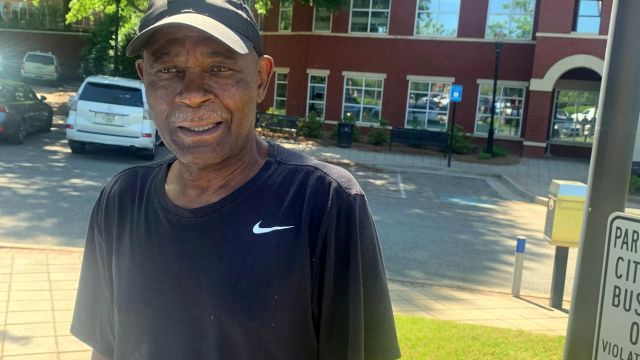In 1912, a brutal racial purge took place in Georgia’s Forsyth County, driving off the Black populace. The county remained a segregated and unchanging whites-only enclave for decades after this incident. Nevertheless, Forsyth County has changed, growing more rich and diversified, defying the historical narratives of white supremacists, thanks to the recent growth of the Atlanta metro area.
The Disaster of 1912 and Its Aftereffects
A group of white men lynched Rob Edwards, a Black man, in October 1912 after it was discovered that Mae Crow, a white lady, had been raped and beaten in the woods. Ernest Knox and Oscar Daniel, two Black teenagers, were hung after a mock trial. The violence increased as Black homes and farms were set on fire and looted by white males. In a matter of days, almost 1,100 Black residents—roughly 10% of the county’s total population—had to leave Forsyth County.
During the Jim Crow era in the South, there was a larger pattern of violence and intimidation directed towards Black people, which included the racial cleansing that occurred in Forsyth County. Many of the counties in the area turned into “sundown towns,” where Black people were not welcome after dark. Some of these counties remained exclusively white for most of the 20th century.
One of the most notorious instances of a sundown town, Forsyth County resisted diversity and integration even as the civil rights movement gained steam. To express disapproval of the county’s discriminatory past, civil rights groups planned a march through Forsyth County in 1987. But they encountered hatred from a group of white nationalists who hurled rocks, bottles, and derogatory remarks at them. The National Guard and police had to escort the protesters.
The Evolution of Forsyth County
With the expansion of the Atlanta metro area outside of its limits in the late 1990s and early 2000s, Forsyth County’s reputation as a bastion of racism and intolerance started to change. Its population grew at one of the quickest rates in the country, from 45,000 in 1990 to 260,000 in 2020. This increase brought about social variety and economic development.
Immigration from Asia, Latin America, Europe, and Africa represented diverse religions, cultures, and backgrounds among the newcomers to Forsyth County. By 2023, the racial and ethnic makeup had changed dramatically, with Asian and Hispanic populations rising to 11.5% and 12.7%, respectively, with the Black population staying relatively low at 4.4%.
Alongside the growing variety came advancements in income, education, and standard of living. Some of the top public schools in the state, with excellent test scores and graduation rates, are found in Forsyth County. At $105,417, the typical household income exceeds both the state and national standards. In addition, the county continues to have low crime rates, strong property values, and a wealth of recreational options.
Forsyth County’s past and present are very different. Once a terrifying place that drove out its Black citizens, the neighborhood has flourished and become a diverse, vibrant place that draws people from all over the world. What was formerly a remote nation is now linked and a part of the world’s economy and culture. Once a representation of white supremacy, Forsyth County is today a shining example of the benefits of inclusiveness and diversity.
Read More: People Are Leaving Five North Carolina Towns as Soon as They Can
In Summary
In summary, the horrific history of Georgia’s Forsyth County began with a violent racial purge in 1912 that resulted in the creation of a segregated whites-only community that lasted for many years. Nonetheless, the development of the Atlanta metro region in the late 1990s and early 2000s gave the county’s story a favorable spin. Defying its historical association with bigotry and intolerance, the infusion of different people from Asia, Latin America, Europe, and Africa turned Forsyth County into a dynamic community. The county’s demographics had changed dramatically by 2023, resulting in increased social diversity, economic growth, and living standards. The transformation of Forsyth County from a symbol of white supremacist ideology to a thriving model of diversity and inclusivity is a tribute to the transformational force of progress, acceptance, and inclusion.




